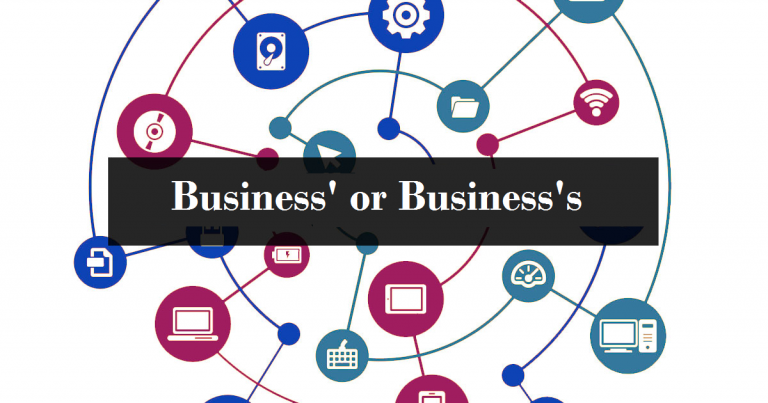Employee burnout: What Causes it and How You Can Address it
Employee burnout is, perhaps unsurprisingly, becoming increasingly common in the midst of the COVID-19 pandemic. Fatigue is creeping into many workplaces, regardless of whether that looks like a shared office or a virtual, remote-based work environment.
This presents a significant issue to both employers and employees. Employers want to eke the most out of the workforce as possible, since productivity leads to results. Yet they also want to champion employees’ health and wellbeing.
Employees on the other hand often feel as if they’re stuck in a rut, and work-related productivity is the first thing to suffer. The lack of engagement with work feeds into this negative feedback loop, further worsening their wellbeing.
As such, the issue of employee burnout is quite a predicament to contend with. In this guide, we’ll lay out some of the core reasons behind burnout, and some strategies for supporting your employees and helping them address it in a healthy way.
Signs of employee burnout
Before we tackle the main causes of burnout and how to address them, we first need to know how to correctly identify it. It’s not a good idea to go around diagnosing coworkers and employees with a case of burnout, but at the same time, recognizing the signs early can help you take proactive action which could prove to be just what the doctor ordered.
Here are a few key indicators that you, or someone you know, is struggling with work-related burnout:
Exhaustion
A telltale sign of burnout of any kind is exhaustion. It could be either physical or mental exhaustion, or both. Exhaustion at work is commonly manifested in regularly showing up late to meetings, being slow to respond, and citing a chronic lack of sleep as a reason for being unproductive.
Tendency to self-isolate
Regardless of whether you have a shared workspace or a virtual work environment, self-isolation is a troubling sign. If you know of someone that hides away often, shrinking away from responsibility and interacting with the group less and less then you can infer that burnout might be a reason behind it.
A lack of engagement
Not everyone shows that they’re engaged with their work. Yet a chronic lack of engagement with work-related tasks and projects should be cause for concern. If new assignments are met with groans, eye rolls, and a poor attitude then you’re either dealing with a behavioral problem or burnout.
The main causes
So now that you have a clear idea of the symptoms, what are the main causes of employee burnout?
The workplace can be a stressful place – even a virtual one – and sometimes the pressure is too much to bear. Yet, there are some specific work practises that can take a toll on employees’ state of wellbeing.
A Gallup survey, which interviewed 7,500 employees back in 2018, identified the following five reasons for burnout in the workplace:
- Unfair treatment
- An overly challenging workload
- Unclear responsibilities
- A lack of support from their manager
- Intense time pressure
As such, it’s not so much the workplace itself that causes burnout, but the way work is delegated, and employees are treated. It can be beneficial to implement employee monitoring tools in the workplace to ensure employees are productive but not overburdened.
How to address burnout
As you can see from the main causes of burnout outlined by the Gallup survey, addressing burnout should be less a case of changing the work environment, and more a case of working on your communication and treatment of employees as a company.
The best way to move forward as a company is to promote transparency, and invite employee input on various issues. If you put out a survey and the results show that a significant number of employees feel stressed and overwhelmed at work, you know it’s time for a change.
Change doesn’t have to be wholesale, it can come in several small actions. For example, a simple survey or one-to-one discussion can bring key issues to light such as if the employee in question feels unclear on their responsibilities. This can act as a cue for an open discussion on how to make the responsibilities clear for everyone.
Burnout in the pandemic
While the results of the Gallup survey still hold true today, there is another element to consider when discussing employee burnout in 2022, and that’s the effects of the pandemic. One of the most significant changes wrought by the pandemic has been a shift towards remote and hybrid work models.
For many companies, this transition has proved positive, with companies like Google and Apple declaring their desire to commit to hybrid work models starting in April 2022. However, it’s easy to overlook the lack of social connection in a remote work environment, which is another factor that could contribute to burnout.
Enabling social connection is huge in a remote work environment, and you need to foster bonds between coworkers if you want to increase productivity and decrease the risk of burnout. Here are a few things you can do to facilitate that need for socialization:
- Regular virtual check-ins
- Online icebreaker games
- Quizzes
- Casual conversation video chat sessions
Final thoughts
Employee burnout can be detrimental to both the individual’s well-being, and to their ability to contribute meaningfully at work. As such, it puts both employer and employee in a compromising position.
Promote a culture of transparency in your workplace and do your best to address the common causes of fatigue so that your employees have the best chance of staving off burnout.







